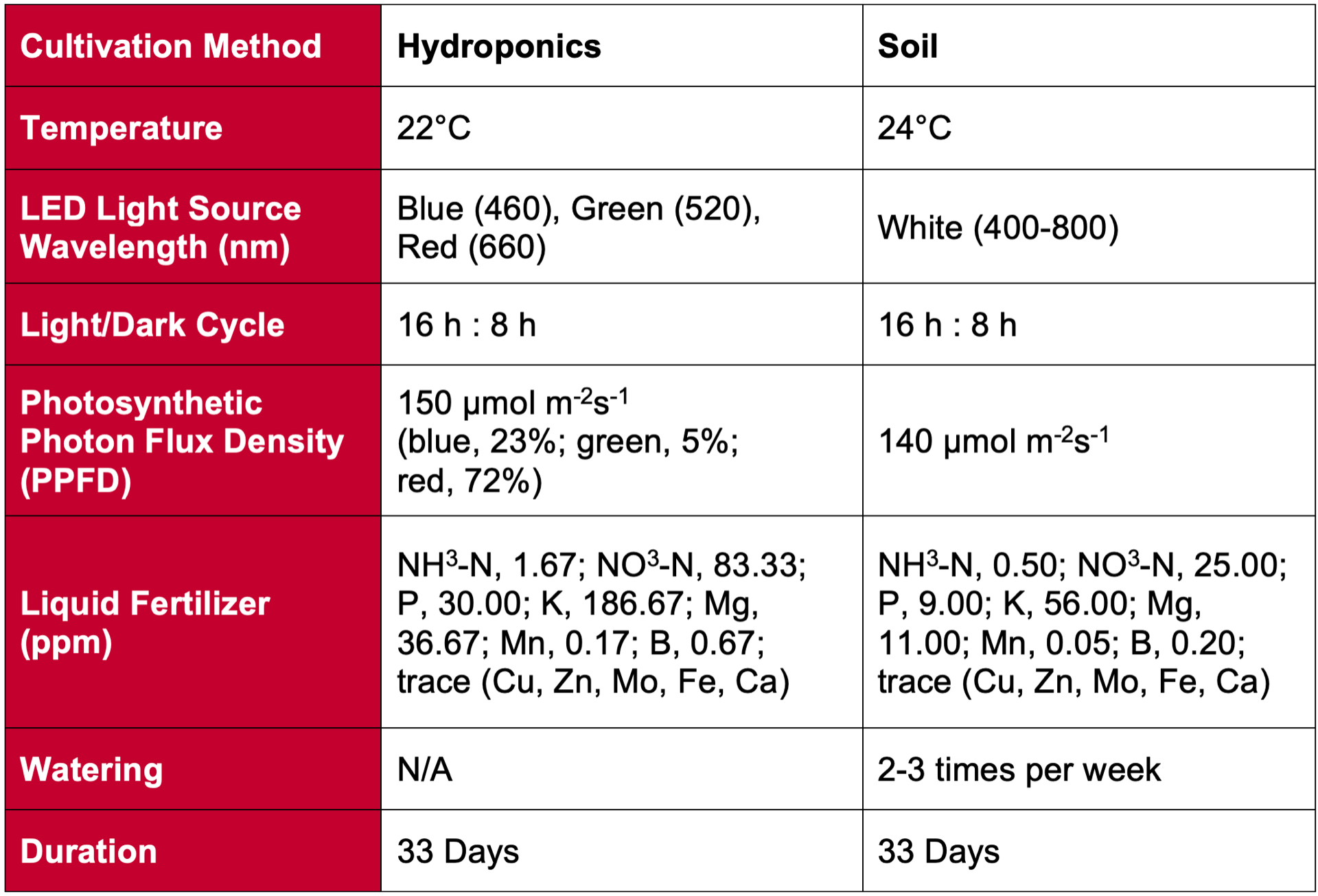Is Hydroponically Grown Food as Healthy as Soil Grown Food?
Over the last century, the global population has multiplied four times. According to the most recent estimate by the United Nations, 7.3 billion people are inhabiting the earth currently and this may reach an estimate of 9.7 billion by 2050. This growth, along with rising incomes in developing countries, is leading to changes in the dietary patterns of people, and in turn, increasing the global food demand.
Food demand is expected to increase anywhere between 59% to 98% by 2050. This will shape agricultural markets in ways we have not seen before. Due to inadequate access to healthy and affordable food, food-related illnesses such as Type 2 diabetes, cancer, heart disease, and obesity are on the rise. And thus, the need to increase crop production has led to farmers taking various steps to optimize the current farming methods and adopt newer ones such as hydroponics and aquaponics.
So, What is Hydroponics?
- Hydroponics is a type of horticulture, which involves growing plants without soil, by using mineral nutrient solutions in an aqueous solvent.
- The nutrients used in hydroponic systems can come from many different sources such as fish excrement, duck manure, purchased chemical fertilizers, or artificial nutrient solutions.
- Some of the best plants for hydroponics include cucumbers, strawberries, lettuce, spinach, and hydroponic tomatoes, among many others.
An entire diet of nutrients is provided to the plant by the farmer. Most Hydroponic farmers assume that ideal growing conditions must produce healthier plants. After all, a complete diet of plant minerals should translate into higher “nutritional” plant content – right?
However, plant physiology is not that simple. Scientists and educators in the field of agriculture need to address critical questions related to the nutritional value of plants since mass food production trends using soilless hydroponic systems are on the rise.
There are multiple experimental pieces of research that have been conducted drawing comparisons between soil-grown produce and hydroponics produce.
- The results from a study by Treftz, 2015 [ University of Nevada, Reno] showed that the ‘healthy’ antioxidant compounds (e.g., Vitamin C, tocopherol, and total polyphenolic compounds) were significantly higher in hydroponically grown strawberries compared to the soil-grown. But the opposite was true for raspberries.
- Interestingly, earlier studies by Premuzic, 1998 [ University of Buenos Aires, Argentina] showed that tomato fruit grown in healthy organic soil (100% or 50% vermicompost) contained more Vitamin C than the same fruit grown hydroponically.
- Furthermore, some studies by Buchanan, 2013 [Drew Buchanan, Researcher at the University of Nevada, Reno] showed that hydroponically grown lettuce contained more Vitamin C than soil-grown varieties.
These facts indicate that the question of whether hydroponic produce raised on a perfect mix of macro- and micro-nutrients results in a more nutrient-rich product compared to soil-grown produce is hard to address.
This is so because different hydroponic growers use different nutrient formulas depending on the crop being grown and their environmental parameters can also vary.
Some food certification bodies are also hesitant to give hydroponically grown food the tag of “organic food” as they are grown using man-made substitutes of vitamins, minerals, micro and macronutrients and not purely on soil using organic means.
It seems that no real “broad” conclusions can be drawn concerning the nutritional values from the results of these studies due to innumerable variables involved.
Furthermore, In the age of marketing, it is very easy to get distracted from the actual nutritional benefits of a product to what the company wants to make the consumers buy.
Here are two statements from an experimental research study that was conducted.
Statement 1:
“Hydroponically grown Spinach has 10% more iron content than the soil-grown one. A reason to switch to safe and healthy Hydroponic produce”
Statement 2:
“Laboratory tests show that hydroponically grown spinach has up to 5% less calcium than the one grown in soil. Beware of what you eat.”
You may be surprised to know that both of the above headlines have used the same laboratory test report as their base.
Therefore, make it a priority to know details of the methods of cultivation of the food you consume.
If you plan to consider hydroponically grown food as your dietary option, the following are the important factors for evaluating the nutritional profile of the produce:
- The nutrient mix provided to the plant
- The availability of various nutrients in the crop at the time of consumption (time from farm to table)
- Additional substances present in the food (other inputs like chemicals and pesticides used during the production phase)
Subtle differences in the nutritive value can appear between soil and hydroponically grown food because of the following two reasons:
- Leaching of nutrients in the soil, and
- Soil profile

Image source: https://u.osu.edu/ceatalk/2019/07/06/hydroponics-vs-soil-cultivation-functional-and-taste-compound-comparison/
As we move towards the high-tech world of food production, we need to make sure we have performed proper scientific research to ensure that these advancements are also protecting the health and nutritional content of our food as well as our environment. On a personal note, technology can never replace the basics. But technology in adjunct with the basics is transformational.
References:
-
https://abundancenc.org/is-hydroponic-food-as-healthy-as-traditional-soil-grown-food/
-
https://en.wikipedia.org/wiki/Horticulture
-
https://www.researchgate.net/publication/348837052_Effect_of_Pranic_agriculture_on_vegetative_growth_characteristics_of_spinach_Spinacia_oleracea_L
-
https://www.growingproduce.com/vegetables/smackdown-hydroponics-vs-soil-based-organic-growing/
-
https://www.citygreens.in/blogs/post/is-hydroponically-grown-food-as-nutritious-as-soil-grown